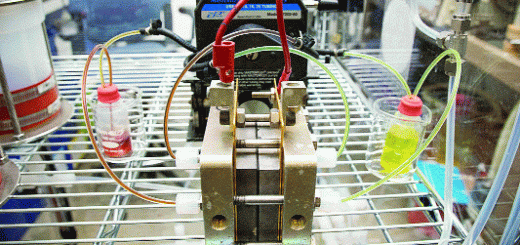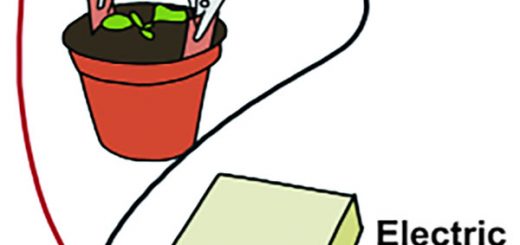Google moves toward quantum supremacy with 72-qubit computer
Researchers from Google are testing a quantum computer with 72 quantum bits, or qubits, scientists reported March 5 at a meeting of the American Physical Society — a big step up from the company’s previous nine-qubit chip.
The team hopes to use the larger quantum chip to demonstrate quantum supremacy for the first time, performing a calculation that is impossible with traditional computers (SN: 7/8/17, p. 28), Google physicist Julian Kelly reported.
Achieving quantum supremacy requires a computer of more than 50 qubits, but scientists are still struggling to control so many finicky quantum entities at once. Unlike standard bits that take on a value of 0 or 1, a qubit can be 0, 1 or a mashup of the two, thanks to a quantum quirk known as superposition.
Nicknamed Bristlecone because its qubits are arranged in a pattern resembling a pinecone’s scales, the computer is now being put through its paces. “We’re just starting testing,” says physicist John Martinis of Google and the University of California, Santa Barbara. “From what we know so far, we’re very optimistic.” The quantum supremacy demonstration could come within a few months if everything works well, Martinis says.
Google is one of several companies working to make quantum computers a reality. IBM announced it was testing a 50-qubit quantum computer in November 2017 (SN Online: 11/10/17), and Intel announced a 49-qubit test chip in January.
These petunias launch seeds that spin
1,660 times a second
Nature may have a few things to teach tennis players about backspin. The hairyflower wild petunia (Ruellia ciliatiflora) shoots seeds that spin up to 1,660 times per second, which helps them fly farther, researchers report March 7 in Journal of the Royal Society Interface. These seeds have the fastest known rotations of any plant or animal, the authors say. Plants that disperse seeds a greater distance are likely to be more successful in reproducing and spreading.
Glue that holds the flower’s podlike fruit together breaks down on contact with water, allowing the fruit to split explosively, launching millimeter-sized seeds. Little hooks inside the pod help fling these flattened discs at speeds of around 10 meters per second.
Using high-speed cameras that record 20,000 frames per second, the researchers analyzed the seeds’ flight. “Our first thought was: ‘Why doesn’t this throw like a Frisbee?’” says Dwight Whitaker, an applied physicist at Pomona College, in Claremont, Calif. Instead of spinning horizontally, most seeds spin counterclockwise vertically, like a bicycle wheel in reverse.
Whitaker and his colleagues calculated that backspin should help stabilize the seeds as they travel through the air, reducing drag. Experiments backed this up: Stable “spinners” had less drag on average than “floppers,” seeds that tumbled as they fell. Simulations predict that lower drag lets spinners travel 6.7 meters on average — more than twice as far on average as floppers.
















Recent Comments